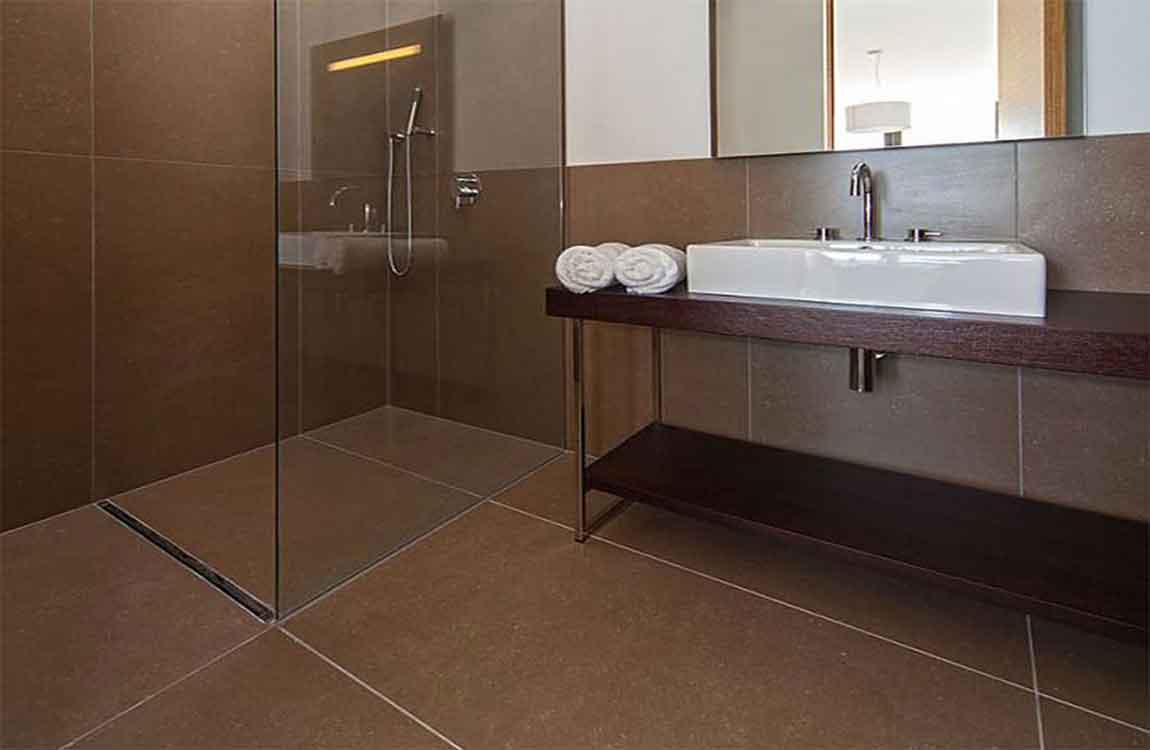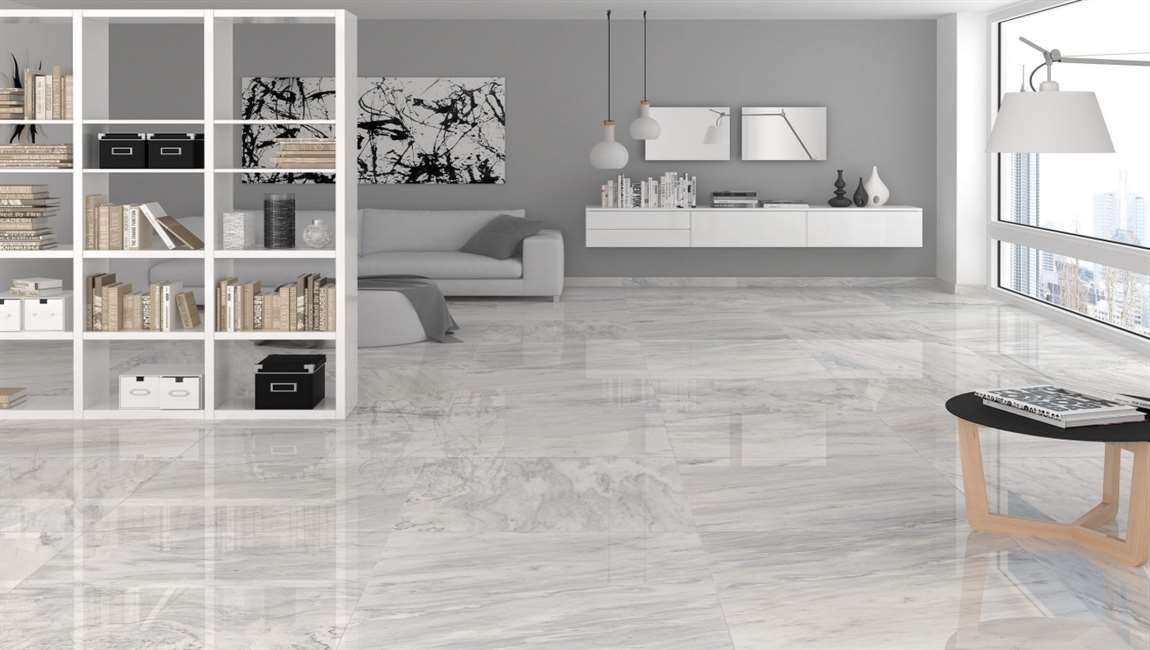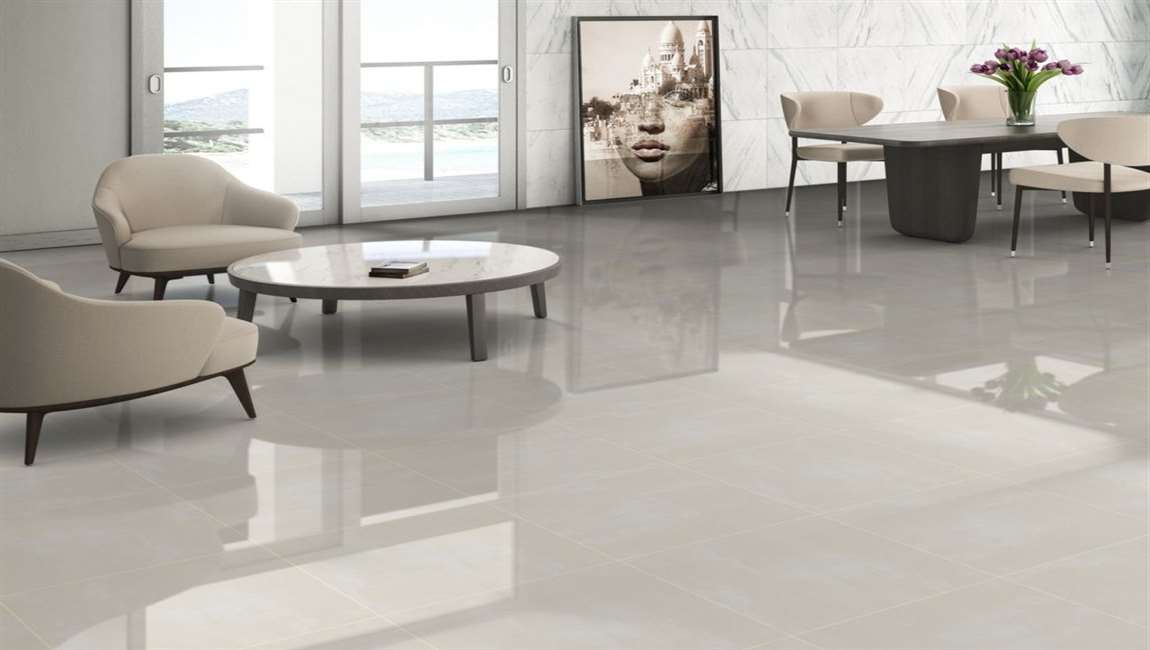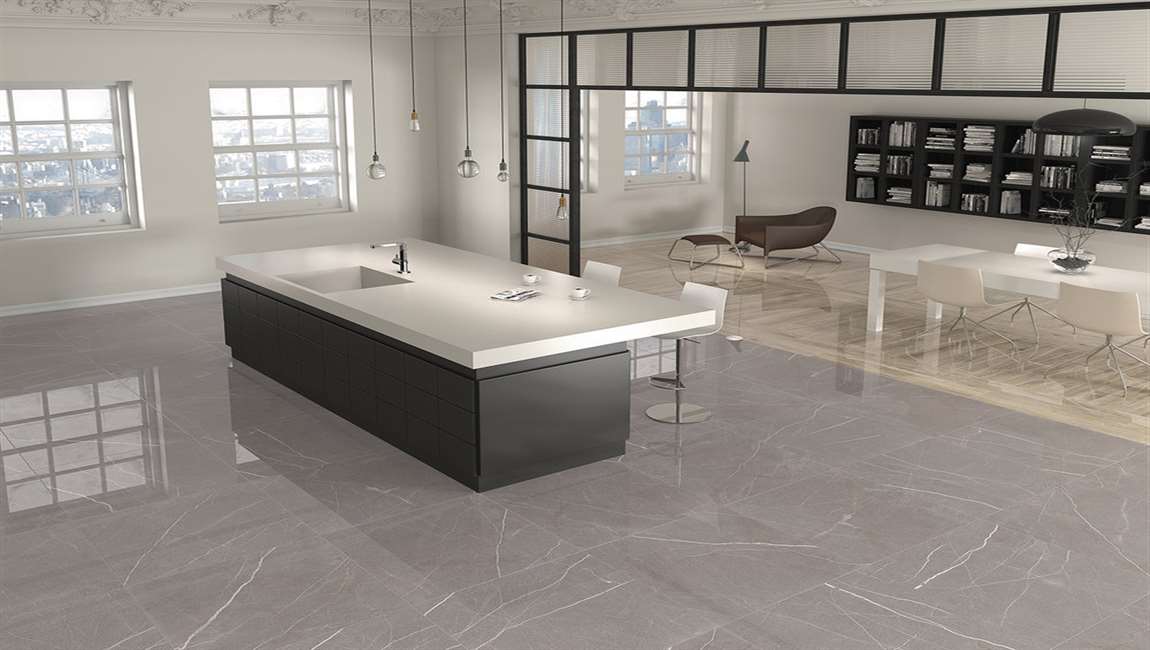How Removing Mild Buildup and Stains?
Dampen a clean rag with white vinegar. Your rag should be wet through with white vinegar, but excess vinegar should not drip or seep from the rag. Either pour vinegar onto your rag in a sink or dunk your rag in vinegar in a bucket. Wring out the rag lightly over a sink. Too much white vinegar can cause this liquid to spread to areas of the marble tiles that are already clean.
Although this can be wiped away easily, wringing out your rag after wetting it can prevent extra work. Vinegar is a great option for removing hard water stains or built up soap scum. Drape the wet rag on top of stains or buildup. Place the vinegar dampened rag over the buildup or stain on your cultured marble tiles.
Make sure the rag is flat against the stain and the wet parts of the rag touch it. Allow the rag to remain on top of the buildup or stain for several hours. With especially light buildup or stains, you may be able to wipe these away in one swipe with your vinegar dampened rag. Rinse the treated area with cold water. Remove the vinegar dampened rag from the afflicted area of your marble tiles.
Pour cold water from your sink into a cup or small bucket. Use this to douse the treated area of your marble tiles. Wipe up excess liquid with a clean, soft, dry rag. Hot water in some cases can cause stains to stick to surfaces more stubbornly. Using cold water will prevent this from happening. Treat remaining stains or buildup with a cleaning agent.
Select a cleaning agent that is intended for marble tiles or similar stone. This product should not have abrasives, which can scratch or compromise the finish of your marble tiles. Follow the label directions on the product for best results. However, this may not be the case with all cleaners. Be sure to check the label. Polish the marble tiles with a suitable polishing agent, such as tiles wax, and a soft rag or polishing cloth to restore its luster.








 Sweep or vacuum the floor daily. This removes loose dirt, food crumbs and other pieces of debris that can accumulate on
Sweep or vacuum the floor daily. This removes loose dirt, food crumbs and other pieces of debris that can accumulate on  Run a dry cloth duster or dust mop over the floors after they have been swept. If you have marble or natural stone flooring, make sure you use a soft broom for sweeping. A rough broom can scratch natural flooring. Mop the floor with warm water. If the floor doesn’t have stains or require heavy cleaning, running a damp mop over the floor will be sufficient to keep it clean. Cleanse the mop in fresh warm water after mopping one section of the room, and repeat until the entire floor is mopped.
Run a dry cloth duster or dust mop over the floors after they have been swept. If you have marble or natural stone flooring, make sure you use a soft broom for sweeping. A rough broom can scratch natural flooring. Mop the floor with warm water. If the floor doesn’t have stains or require heavy cleaning, running a damp mop over the floor will be sufficient to keep it clean. Cleanse the mop in fresh warm water after mopping one section of the room, and repeat until the entire floor is mopped. You may opt to add a small amount of dish soap to the mix to pick up everyday dust and debris. For everyday shine, simply run a clean damp dusting cloth over the floor, or consider using a dry mop such as a Swiffer. Dry the floor. Whether you use water or water mixed with detergent, run a dry mop over the floor in small sections as you work across the room with your mop. This will prevent new dirt from quickly accumulating and staining the grout.
You may opt to add a small amount of dish soap to the mix to pick up everyday dust and debris. For everyday shine, simply run a clean damp dusting cloth over the floor, or consider using a dry mop such as a Swiffer. Dry the floor. Whether you use water or water mixed with detergent, run a dry mop over the floor in small sections as you work across the room with your mop. This will prevent new dirt from quickly accumulating and staining the grout. Clean up spills promptly. If you drop a glass of juice or even water, clean it up right away. The longer it sits, the more time it will have to soak into the grout. Dried orange juice and other sugary liquids also tend to become annoyingly sticky.
Clean up spills promptly. If you drop a glass of juice or even water, clean it up right away. The longer it sits, the more time it will have to soak into the grout. Dried orange juice and other sugary liquids also tend to become annoyingly sticky. Clean the dirtier spills with disinfectant. If your pet has an accident or you drop raw meat on the floor, spray a disinfectant directly over the spot and wipe it up right away. If possible, limit the disinfectant to the area where the spill occurred. Strong chemicals may degrade or stain
Clean the dirtier spills with disinfectant. If your pet has an accident or you drop raw meat on the floor, spray a disinfectant directly over the spot and wipe it up right away. If possible, limit the disinfectant to the area where the spill occurred. Strong chemicals may degrade or stain